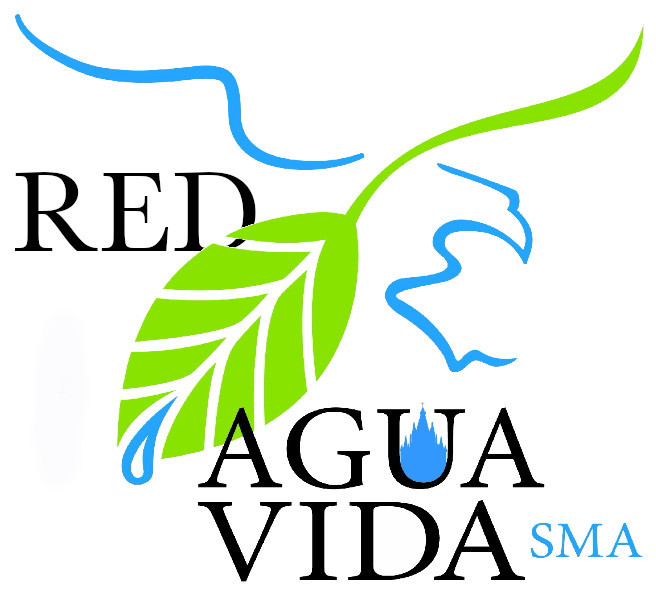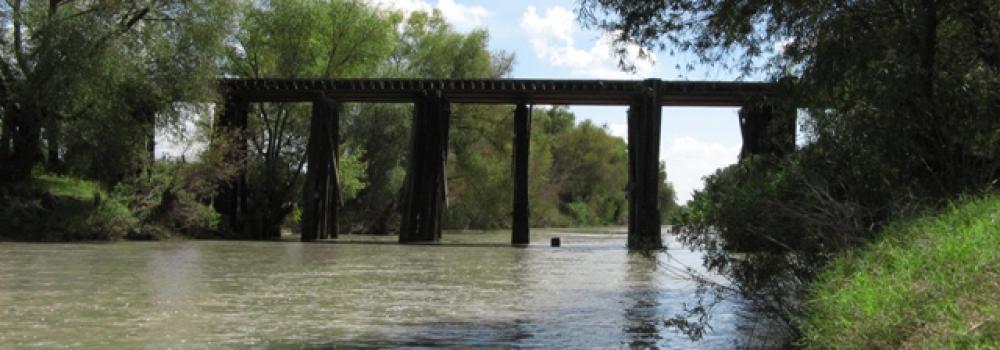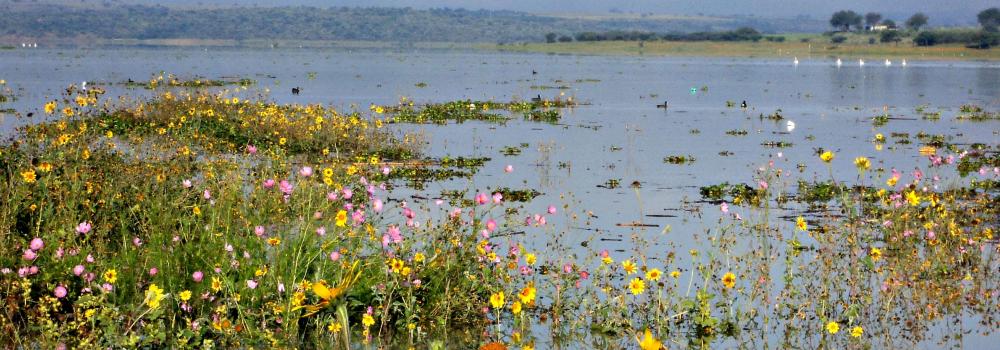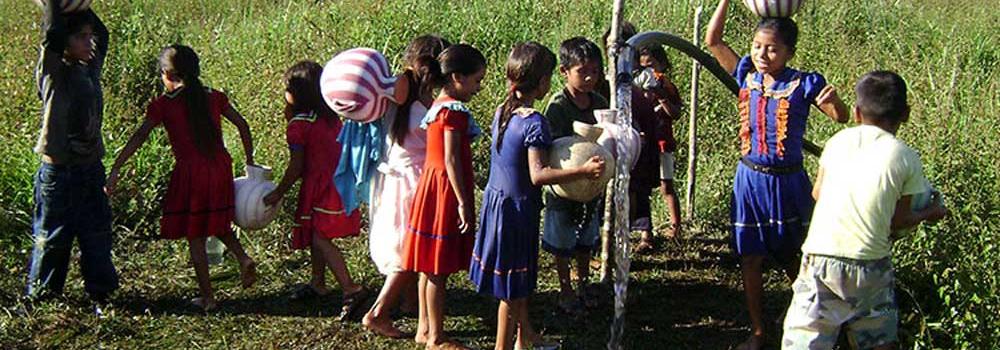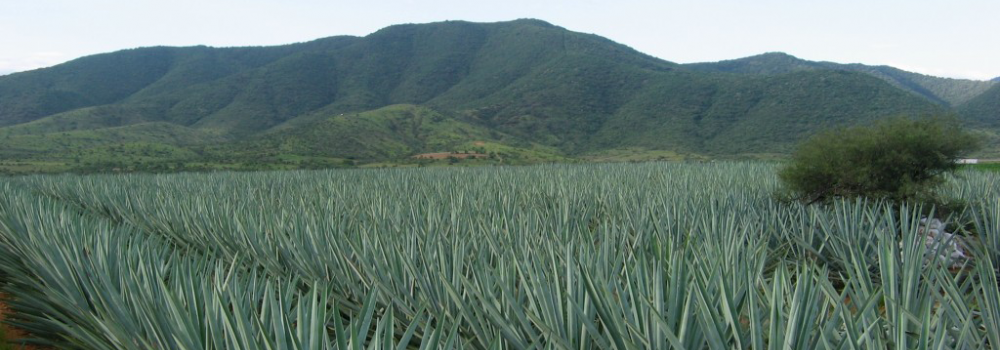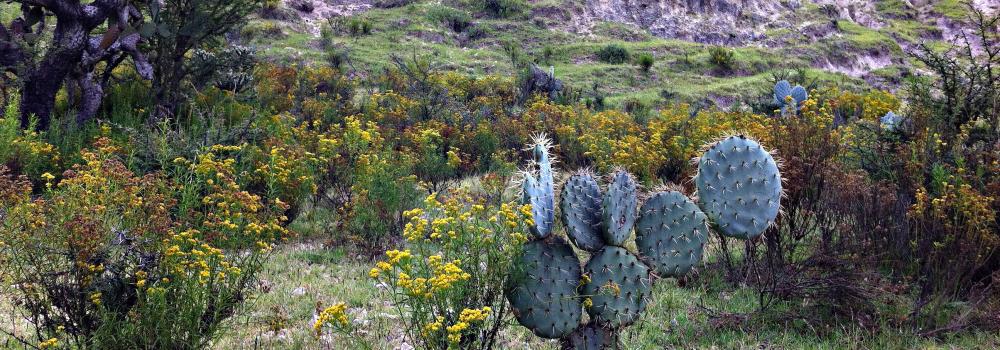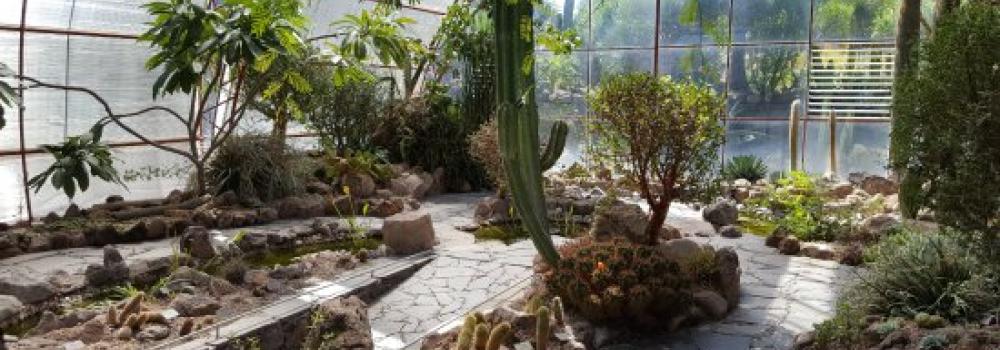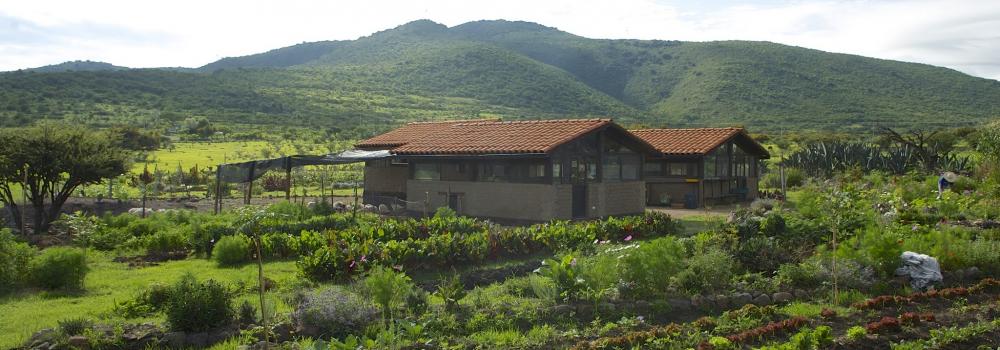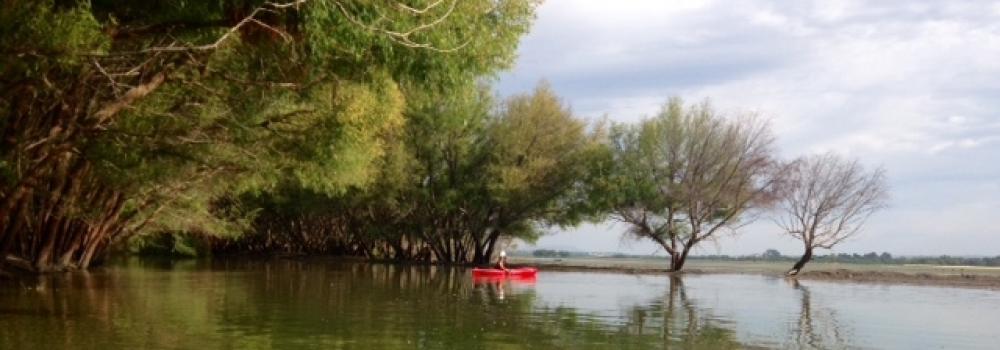
Sustainability is not an easy task, and its importance is not always evident. A difficult reality to accept is that, as a nation, we do not know exactly where the water that belongs to us has gone. In San Miguel de Allende, although NGOs try hard, sometimes they only manage to put patches on a deeper problem that we avoid facing: the water crisis in the Cuenca de la Independencia. This problem is not solved by serving only a few; the reality is that we need to recognize the root of the crisis and face it together.
Large corporations help hide the seriousness of this situation, affecting states and municipalities that are on the verge of an irreversible crisis. But we cannot depend on the industry as it is now, with its particular interests. We need a responsible and sustainable industry, focused on the common good and not just on the benefit of a few.
We hope that this document from the UNAM Geosciences Center helps us see the situation more clearly and understand that cleaning up contaminated water is not enough. We must protect the nation's water sources, which belong to everyone. It is time to put our feet back on the ground, to unite as a society and work in a common effort to preserve what belongs to everyone. Only in this way will we prevent large industries from continuing to destroy our resources and, ultimately, our future.
Title: Numerical analysis of the groundwater flow system and heat transport for sustainable water management in a semi-arid regional watershed in central Mexico
Author: Marcos Adrián Ortega Guerrero
Summary of the Study: This article addresses a numerical analysis of the groundwater flow system and heat transport in the Independencia Watershed (CI), a semi-arid region of the state of Guanajuato, Mexico. In this area, groundwater extraction has caused a significant decrease in the water table, an increase in water temperature, and the increasing presence of dissolved elements hazardous to health.
The study uses a three-dimensional finite element model to simulate groundwater flow and heat transport under steady-state conditions (no change over time) and was developed to better understand the aquifer system and provide tools for sustainable water resource management.
Main Objectives:
-
-
Understand the Dynamics of the Groundwater Flow System under natural conditions prior to intensive aquifer exploitation.
-
Evaluate the Influence of the Surrounding Mountains on the hydraulic conditions of the aquifer, since these form the recharge zones.
-
Determine the Recharge and Discharge Balance of the aquifer system and assess the impact of extraction on its sustainability.
-
Study the Effect of Heat Transport, especially the impact of temperature on groundwater flow, and how water extraction can influence the migration of harmful elements to the surface.
-
Methodology: A conceptual model of groundwater flow was developed using FEFLOW software, specialized in flow and heat transport simulations in porous and fractured media. The model considered three scenarios:
-
-
Isothermal Conditions: where the water temperature remains constant.
-
Forced Convection: where the water flow is influenced by temperature differences but without a change in the density of the fluid.
-
Free Thermal Convection: which considers the change in water density due to the increase in temperature at greater depths, generating natural convection.
-
Key Results:
-
-
Imbalance between Recharge and Extraction: Natural recharge was estimated at approximately 7 m³/s, while current extraction is around 30 m³/s, which represents a level four times greater than the aquifer's recharge capacity. This imbalance has caused a significant drop in the water table, worsening water availability.
-
Increase in Water Temperature: Intensive extraction has caused thermal fronts to migrate to the surface, with an increase in temperature observed in wells and springs. This suggests that the aquifer system is being affected by thermal convection processes that may be accelerating the dissolution of harmful elements in the water.
-
Thermal and Geographic Anomalies: The underground flow conditions revealed discharge zones where the water has greater salinity and where phreatophytic vegetation and saline soils predominate, concentrating in the lower parts of the watershed, such as near the Laja River.
-
Impact on Health and Environment: The research suggests that the combination of falling water levels and rising temperatures could be generating a higher concentration of elements such as fluoride and arsenic in groundwater, seriously affecting health and the environment in the region.
-
Discussion: The research highlights the importance of considering thermal factors in the management of aquifers in semiarid regions. The results indicate that the groundwater flow system is controlled by a gravitational flow system that interacts with thermal convection, which satisfactorily reproduces the observed hydrogeological conditions. This information is crucial for the development of sustainable water management strategies that take into account the temperature and chemical composition of water.
Conclusions: Water extraction in the Independencia Watershed is unsustainable in the long term and is generating adverse effects on the aquifer system, including the migration of hazardous compounds into water for human consumption. The combination of gravitational flow and thermal convection must be considered in groundwater use planning, as temperature effects greatly influence aquifer behavior and dissolved element transport. This model provides a basis for future research and policy development focused on reducing extraction and monitoring water quality in the watershed.
Recommendations: The study highlights the need to change the water management paradigm in this watershed and in other regions of Mexico. It recommends strategies to reduce extraction, increase conservation, and involve communities in water resource management, in order to achieve long-term sustainability.
In response to this Article:
It is time to assume our responsibility and recognize that the direction we are headed is unsustainable from any angle we look at it. Our Constitution explicitly guarantees us the right to clean water for all, and the reality is that many face access to water that, instead of giving life, can cause illness and death. This forces us to act.
We must engage in conversations with our representatives and senators to demand profound change, moving away from a neoliberal model that has sought to create wealth at any cost, regardless of the damage to communities and the environment. Previous generations may not have seen the consequences of their actions, but today we can no longer ignore the problems we have in our hands. If we truly want a sustainable future for future generations, it is our responsibility to make difficult changes now, making informed and committed decisions. Only in this way will we be able to build a reality in which water is an accessible and safe right for all, and in which our relationship with natural resources is one of respect and protection.
The Contraloria is a group that works as a team to improve how water is managed in our communities. We make our decisions together, without anyone telling us what to do. Since 2012, we agreed that we need to be independent, without being tied to political parties. We are not for or against anyone; we simply seek to ensure that water is managed well for everyone. We collaborate with leaders when they share our values and communicate to achieve these goals together.
